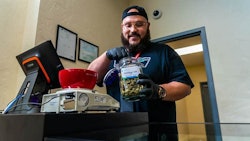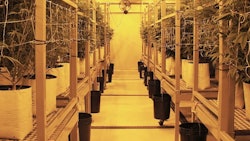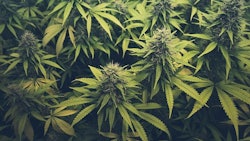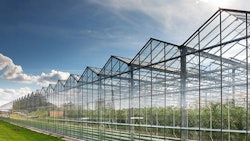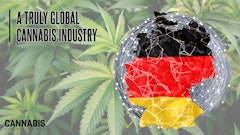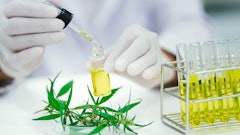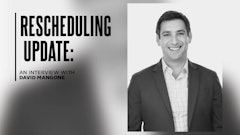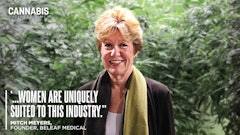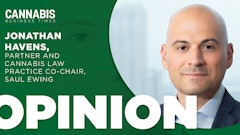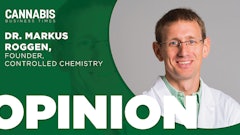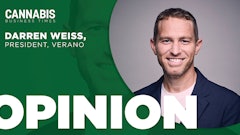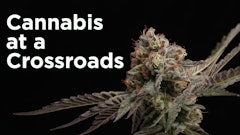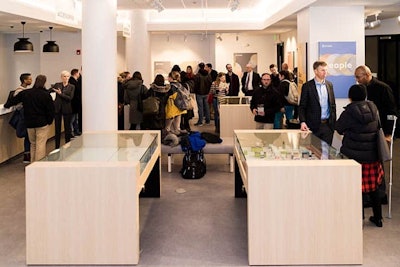
Editor's Note: This story was updated at 4:45 p.m. ET on Tuesday, May 5 to reflect comments from 4Front Ventures Founder and President Kris Krane.
Ethos Cannabis, a Pennsylvania-based multistate cannabis operator with operations and investment interests in Massachusetts, Florida and Arizona, announced May 5 that it has signed definitive agreements to acquire the rights to 4Front Ventures’ dispensary locations in Pennsylvania and Maryland, which currently operate under the Mission brand.
Under the agreements, Ethos is acquiring the rights to one operational dispensary in Allentown, Pa., and management agreements for four operational dispensaries in Rockville, Glenmont, Catonsville and Hampden, Md. The dispensary license in Pennsylvania also allows the company to open two additional dispensary locations in the state, and all storefronts will be rebranded from Mission to Ethos.
RELATED: Mission Creates Consistency Across Multiple Dispensary Locations
The acquisition furthers Ethos’ goal of developing a strong presence in the Mid-Atlantic, East Coast and Midwest cannabis markets, according to President and CFO David Clapper.
“One of our main focuses is here in the Mid-Atlantic region, here in the Northeast,” Clapper told Cannabis Business Times. “We’re already located in Philadelphia [and] we already have a vertically integrated permit here in Pennsylvania. … The ability to open additional dispensaries right here in Pennsylvania is really strategic for us. … That’s what really attracted us to the acquisition.”
For 4Front Ventures Founder and President Kris Krane, the deal represents the company's focus on its core markets and achieving profitability.
"Maryland and Pennsylvania, unfortunately, didn’t fit into those core markets at a time when capital is challenging to raise in general," Krane told Cannabis Business Times. "We’ve got some projects with some fairly large capital requirements, and when we were looking at the best use of proceeds and where our core markets are, we decided this was a really big deal, particularly being an all-cash deal, and those resources could be best spent for us right now in other parts of the country."
4Front is turning its attention to its operations in Massachusetts, Illinois, California, Washington and Michigan, markets where the company is or can be vertically integrated and where there is a clear path to serve an adult-use customer base.
"Unfortunately, Maryland and Pennsylvania, neither of those met that criteria, so they were ones we were willing to part with in order to streamline our operations," Krane said.
For Ethos, Pennsylvania and Maryland are attractive markets due to their limited license structure, as well as their robust medical cannabis programs, which Clapper said boast a growing number of patients and strong product offerings.
The acquisition marks Ethos' entry into Maryland’s market and gives the company the maximum number of retail locations that it can operate under current state regulations. The company will initially operate the Maryland dispensaries through management arrangements and will acquire full ownership after certain regulatory hold periods expire.
Ethos has focused its expansion plans on developing a strong presence in the markets in which it currently operates, rather than setting up shop in additional states, he added.
“We’re less concerned with going out and trying to reach into a lot of states and say we have a presence in a lot of states,” Clapper said. “We’re more interested in going deep in the states … we’re in.”
With a strong presence in Pennsylvania and Maryland already underway, Ethos now plans to integrate its team with the 4Front team and convert the Mission dispensaries to the Ethos brand.
The company has also received its cultivation and processing license as a clinical registrant in Pennsylvania’s medical cannabis research program in partnership with Sidney Kimmel Medical College at Thomas Jefferson University.
“We’ve started growing just as of last week, so … we’ve started operations in every area—growing, processing and dispensing—and now it’s just increasing the size of our operations here in the state.”
Ethos is also working to open four retail locations in Massachusetts, as well as a cultivation and processing facility, which will open as soon as they receive final regulatory approvals.
“For us, it’s really focusing on operational execution now—getting our dispensaries open, increasing our revenue, increasing our EBITDA, and then … looking at additional strategic acquisitions if available, or even additional licensing,” Clapper said. “One of the real goals and focuses of our company at the moment is to really begin full operations."








